Is it possible to compensate a digital potentiometer's 75 ohm wiper resistance with a negative resistance amplifier?
-
2Sounds like an X-Y problem to me. Link to the datasheet of the digital pot you're talking about, add a schematic and description of how you want to use it, and why the wiper resistance is a problem, and you might get a better answer. – John D Apr 27 '20 at 02:53
-
How much current are you running through it? It sounds like a case of misuse to me. A schematic is better than words. You can add one in using the CircuitLab button on the editor toolbar. Double-click a component to edit its properties. 'R' = rotate, 'H' = horizontal flip. 'V' = vertical flip. Note that when you use the CircuitLab button on the editor toolbar and "Save and Insert" on the editor an editable schematic is saved in your post. That makes it easy for us to copy and edit in our answers. You don't need a CircuitLab account, no screengrabs, no image uploads, no background grid. – Transistor Apr 27 '20 at 17:13
-
If the wiper resistance is a problem you should think also about different solutions like DACs and transconductance amplifiers or something. – Ariser Apr 28 '20 at 06:07
1 Answers
You can compensate (neutralize, remove, zero...) the "positive" resistance R by connecting equivalent negative resistance -R in series (it should be the so-called "S-shaped negative resistance"). Thus the total resistance will be R - R = 0.
This can be easily explained in terms of voltages. The two resistors are connected in series; so the same current I flows through them. As a result, a voltage drop VR = I.R appears across the positive resistor, and voltage VR = -I.R appears across the negative "resistor" (actually a source). So the total voltage drop across the network is zero (V = I.R - I.R = 0) and the total resistance is zero as well. Figuratively speaking, the network behaves as a "piece of wire".
But how do we create such a negative "resistor"? We can use the same trick as above but twice as "strong". While above we compensated the positive voltage drop by adding exactly the same negative voltage, here we compensate it by two times higher negative voltage. For this purpose, we can amplify two times the voltage drop across equivalent positive resistor and add this voltage to the initial voltage drop. The resulting voltage will be VR - 2VR = -VR.
The circuit that can do this "magic" is named with the sophisticated name of "voltage-inversion negative impedance converter" (VINIC). It gives us an idea of something too complicated but actually it is very simple and intuitive. The picture below can help understanding.
The op-amp continuously compares 1/2 of its own output voltage VOA with the voltage drop VR across the lower resistor R by subtracting the voltages. It "observes" the result of comparison - the voltage difference between the two inputs and keeps it almost zero by adjusting the output voltage VOA = -2VR = -2I.R.
The op-amp is "misled" - it is forced to generate two times higher voltage VOA = -2VR, in order to keep zero voltage between its inputs. Half the voltage (VR) compensates the voltage drop VR; the rest half (VR) is added to the input voltage VIN. So, the voltage divider (with K = 0.5) connected to the non-inverting input makes the op-amp "over-compensate" twice the voltage drop VR.
The circuit "eats" a part R from the resistance Ri (your 75 ohm "wiper" resistance) so the resulting resistance is Ri - R > 0. It must not be zero or negative since this is a circuit with positive feedback that will not be stable in these cases.
Note also the compensating negative "resistor" is grounded that can be a problem. A possible solution is the "floating" power supply.
Of course, there is a trivial problem in this op-amp solution - 75 ohm is too low load resistance for a conventional op-amp...
- 13,593
- 1
- 17
- 48


